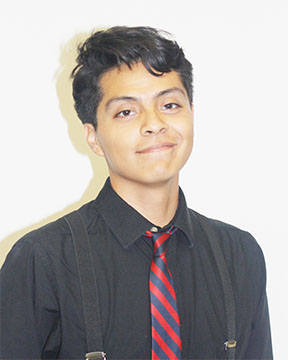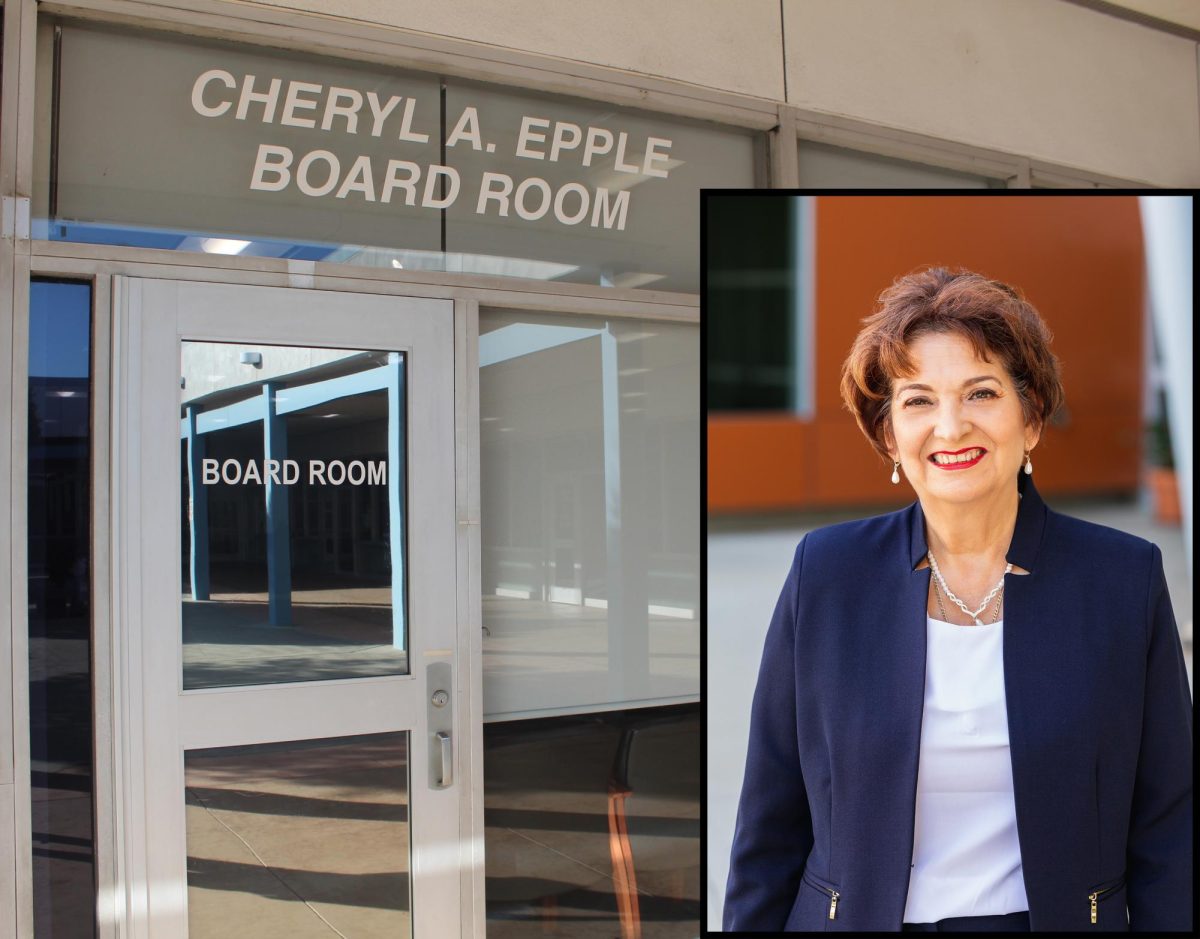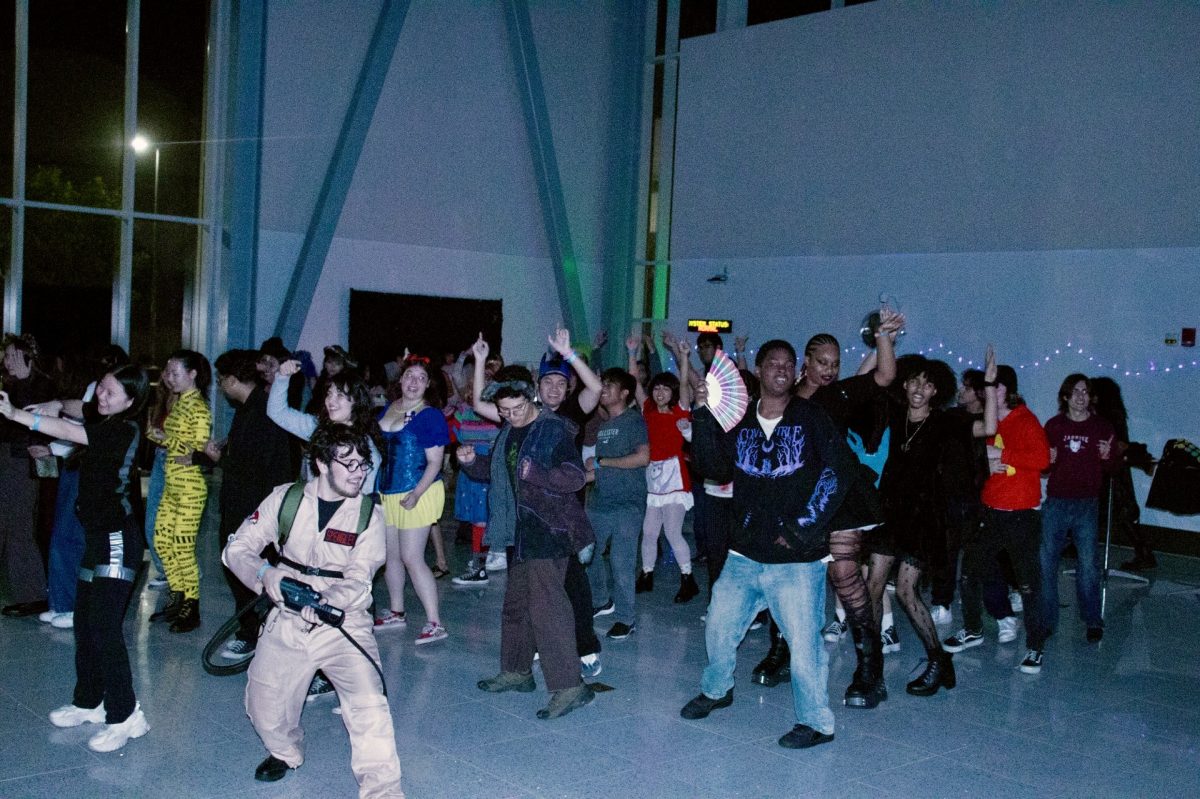The high tech center in the DSPS building, offers students with disabilities a wide variety of services such as text-to-speech technology, braille printers and scanners that allow students to scan their textbooks into a digital format and also offers 25 computers fitted with different programs and hardware.
According to Dean of DSPS Lucinda Aborn, the DSPS program serves 1,500 students with different disabilities all with different majors.
“The high tech center evolved to provide instruction for our students to utilize technology that helps them overcome barriers to access information in their coursework,” she said.
The high tech center has a compliment of software and hardware that students can use to have access to printed material and to overcome challenges to learning the material, Aborn added.
Bryant Vu, a worker in the high tech center, explained some of the assistive technology.
“We have something called Kurzweil, which is a scan and read software. So what students can do is bring their textbook and it’ll scan it into a digital format and it will read it to you, you can take notes. We also have this program that allows students who aren’t able to use keyboards to write their essays by speaking into the computer,” he said.
He said that not only are the programs and services available to students, but he and his fellow worker Niki Bryant can teach DSPS students to use the programs independently.
The high tech center has been open since last spring, as well as over the summer according to Vu.
Dean Aborn remarked on how some DSPS students come from high school and are not acquainted and how the high tech center can teach them how to use those services.
“It’s something they can use at home and even in the workplace, they can take the technology with them if it’s something that really benefits them,” she said.
The licenses for the programs can be as little as $3,000 or upwards to $12,000, depending on the annual licensing fees, said Aborn.
She added that since the new DSPS building came integrated with more advanced technology, the costs were lower.
The funding comes from district funds, DSPS categorical funds and partly by ASCC which has helped purchase Premiere at Home, which is available not only to DSPS students, but to all students across the campus.
Niki Bryant, who works along with Bryant Vu, said, “It’s a quieter environment when compared to the library, these computers help them study and overcome any limitations they have.”
Angie Padilla, who is studying to become a preschool teacher, was in the high tech center for the first time and said that she found it easier to work in the quiet of the high tech center.
Bryant added that the high tech center caters to different learning styles with the assistive technology.









